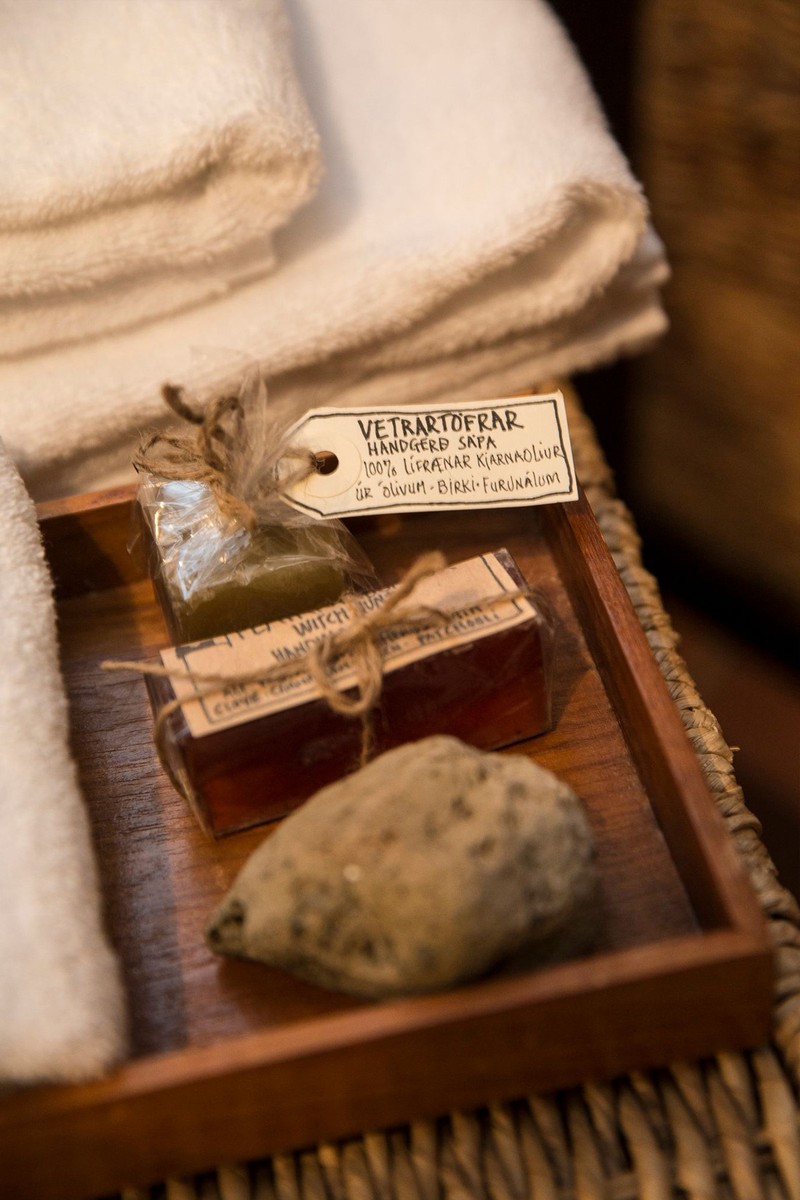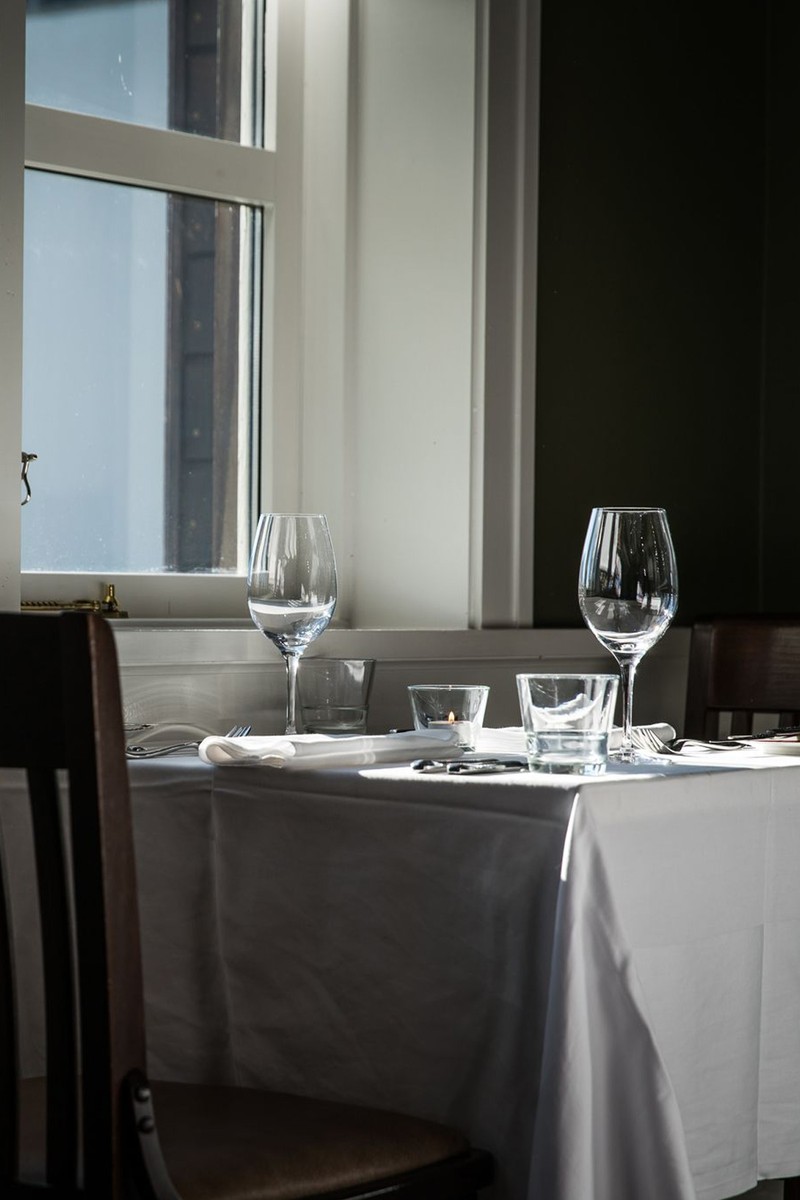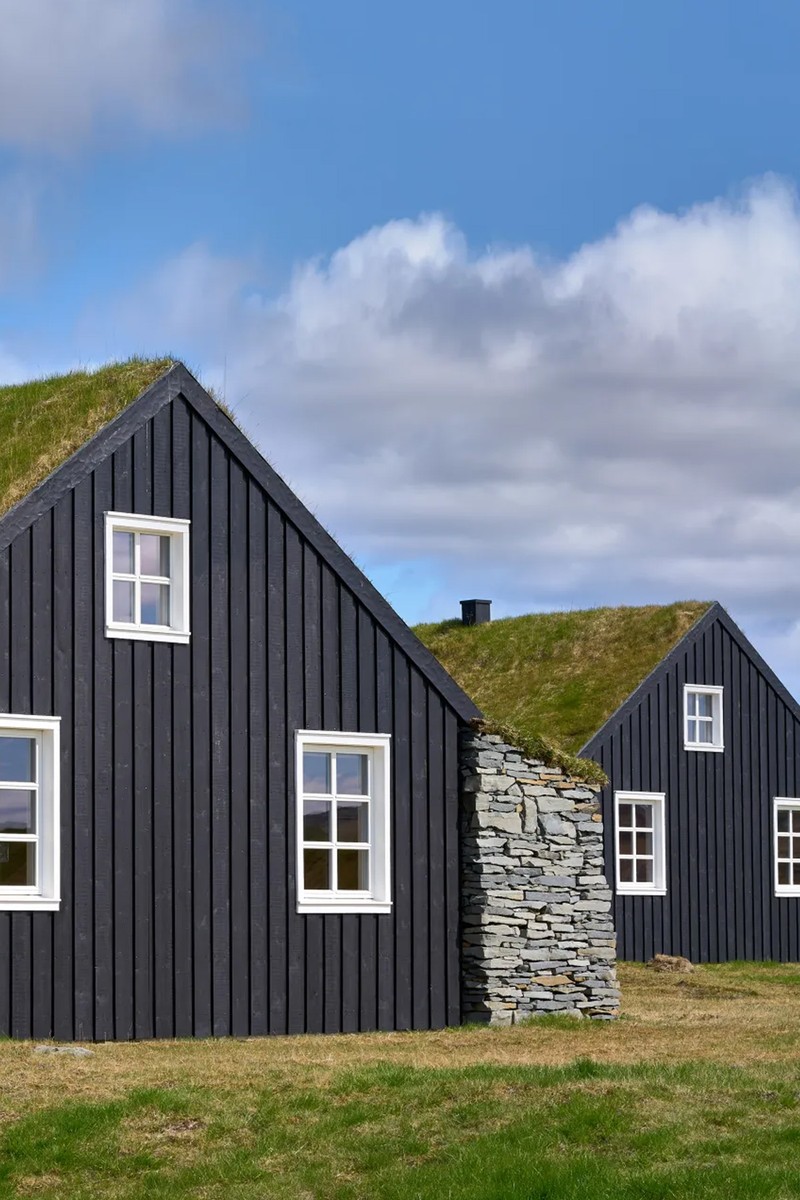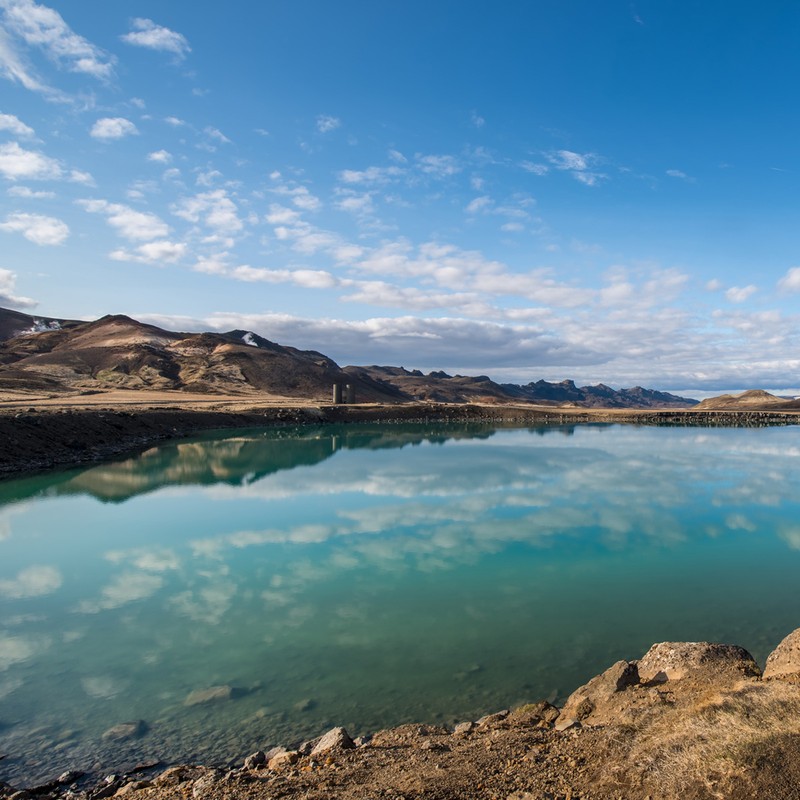
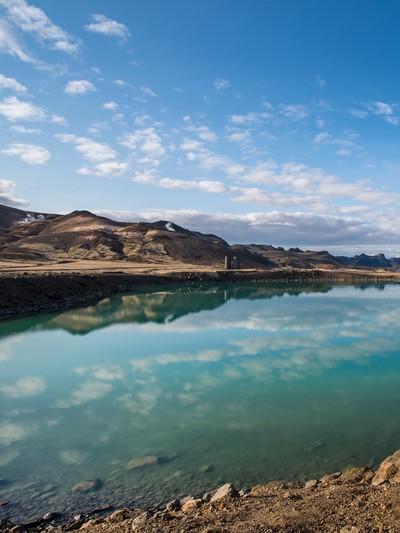
Why You Should Visit Iceland In The Summer
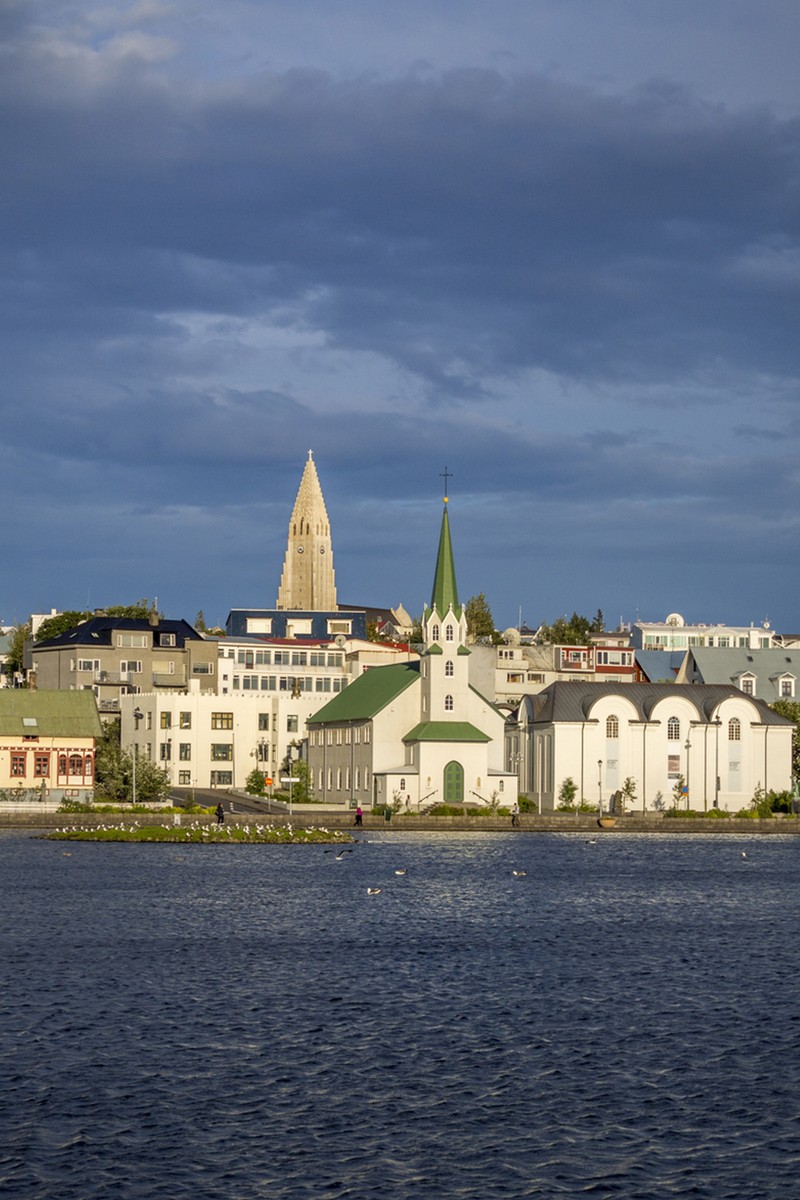
Iceland is divided into seven geographical regions:
1. The South
Iceland is a country full of geological contrasts and they are best visible in the South, where geothermal heat meets glacial cold. About 30-40 minutes from Reykjavik, the coastline attracts the highest number of visitors and it’s easy to see why – count on natural wonders like spectacular waterfalls, huge glaciers, lagoons and black sand beaches where the powerful waves of the North Atlantic break.
With most of the country’s agricultural products coming from the area, you’ll find some of the country’s best food here, including freshly caught fish and the area’s specialty, langoustine. There are also several local breweries where you can sample Icelandic craft beers.
2. The East
This is where you’ll find Iceland’s largest forest, as well lush farmlands, and lots of mountains and streams. The fjords are a particular highlight in the summer when visitors can explore the region by boat or kayak. It’s also worth visiting some of the many picturesque fishing villages along the coastline. In the summer months, this area turns into a creative hub for artists, with a variety of music and art festivals. In fact, the region has a rich artistic history – one of Iceland's best-known artists, the painter Jóhannes Sveinsson Kjarval, grew up in the town of Borgarfjörður eystri where he created some of his most memorable work and there’s now a museum there that commemorates his life.
3. The North
An area of true contrasts, the north brims with mile-long valleys, mountains, lava fields and a coastline of lush greenery; and, as you near the Arctic Circle, the midnight sun is awe-inspiring at this time of the year. Vatnajökull national park is worth a visit, as is Ásbyrgi canyon and Dettifoss waterfall – the most powerful in Europe.
The area is also home to the country’s second largest city, Akureyri, at the bottom of Iceland’s longest fjord, Eyjafjörður. The city has a rich culture and history, and a lovely downtown full of late 19th-century wooden houses. Be sure to visit the 1940 Akureyri church which has impressive stained-glass windows portraying scenes from Icelandic Christian history. In the summer, golfers can take advantage of the midnight sun at the Arctic Open which takes place on the northernmost golf course in the world (22nd-24th June 2023).
/https%3A%2F%2Fsw18.sheerluxe.com%2Fsites%2Fsheerluxe%2Ffiles%2Farticles%2F2023%2F06%2Ficeland-image-8-bought2.jpg?itok=uxCQBALO)
4. The Westfjords
One of Iceland’s best kept secrets is undoubtedly this north-west corner, known as the Westfjords. It’s a peaceful region of unspoilt wilderness and sparse population. Its nature reserves teem with wildlife and are ideal places for spotting birds and Arctic foxes in their natural habitats. Látrabjarg, on the southwest side of the Westfjords, is Europe's largest bird cliff and home to over a million seabirds, including puffins, guillemots and the largest razorbill colony in the world. Finally, don’t miss Dynjandi, a set of spectacular waterfalls over 100m high.
5. The West
This area is a relatively short drive from the capital and it is possible to go by bus or car, with many different routes available. Here you’ll find a bit of everything the country has to offer, including fjords, valleys, craters, glaciers, volcanoes, magnificent waterfalls, hot springs and caves. There’s also a variety of flora and wildlife, as well as epic national parks. Don’t miss the mysterious volcano Snæfellsjökull which is the source of several ancient legends.
6. Reykjanes
This remote region is a destination in its own right and is home to the renowned Blue Lagoon. Known for its geothermal activity, the dramatic – almost lunar – landscape has craters, caves, hot springs and lava fields. Ideal for hiking, its rugged terrain has several routes to explore. Reykjanes Geopark is a must-see, as is the Viking World Museum, where you will see a replica of the famous Gokstad ship and learn about Viking life.
7. Reykjavik
Iceland’s capital city is home to 60% of the country’s population and, while modest in size, there is a surprising amount to see and do. Start with some of the city’s unique architecture and design, the most visited being the Hallgrímskirkja church, Iceland’s largest church and probably its most recognisable building. Below the church, on the waterfront, is the strikingly modern Harpa concert hall, an angular structure clad in a web of glass panels inspired by the country’s geology. As you walk along the waterfront, you’ll come to the Höfði house, where Presidents Reagan and Gorbachev met in 1986 and took steps towards ending the Cold War. You’ll also want to explore the city’s downtown, including the main streets of Laugavegur and Skólavörðustígur which are lined with boutiques, cafés and bars. During the summer, follow the locals up to Nauthólsvík for a bracing summer swim or visit the Seltjarnarnes Peninsula, a nature reserve and the home of the Grótta lighthouse.
WHERE TO STAY IN REYKJAVIK
For affordable luxe, the Exeter Hotel is in the Old Harbour area of the capital, a thriving waterfront district. The converted warehouse is urban in look and feel with a cool colour scheme of charcoal and grey. Rooms have industrial-chic interiors, local artwork on the concrete walls and rainfall showers in the bathrooms. Expect hearty street food in the restaurant and freshly baked treats from the in-house bakery.
The more elevated Kvosin Hotel is in the heart of Reykjavik, right next to Austurvöllur Park, the cathedral and the Icelandic parliament, and also within easy walking distance from many of the capital’s shops, cafés and restaurants. Situated in a historic townhouse that dates back to the late 19th century, inside you’ll find swish Scandi interiors and a sophisticated restaurant and bar. The 24 apartments are spacious and light, plus some come with balconies.
Also in the luxe – yet affordable – category, we rate sleek boutique hotel 101 Hotel, which is in central Reykjavik next to the Opera House and just around the corner from the city’s main shopping street. Rooms are done up in black and white and are contemporary in design, with artworks by local artists; some have lovely harbour views. The in-house restaurant serves traditional Icelandic cuisine and, pre- or post-dinner, you can enjoy a drink in the trendy bar.
WHERE TO STAY ELSEWHERE
On the Snaefellsnes peninsula, Hotel Búðir is a lovely boutique hotel which is about to re-open this summer after a major refurb. Just two hours outside of Reykjavik, it is set on a beach on the edge of a lava field with views of Snaefellsnes glacier. The setting might feel remote, but the hotel has all the necessary luxuries for a comfortable stay with beautiful views of the sea, the glacier or the mountains. The on-site restaurant is renowned for its seafood, while the adjoining bar is a cosy setting for evening drinks. In the summer, it’s the perfect location from which to enjoy hiking, safaris and horse-riding trips.
Torfhús Retreat, near Selfoss, is a luxury Viking retreat in the south of the country close to all the main attractions of Iceland’s Golden Circle, but far enough away to feel truly remote. The 25 turf-covered houses blend seamlessly into the landscape and are exactly what you’d expect from an Icelandic retreat, with wooden floors, oak beams and animal hides. Each house, which sleeps four, has a spacious living area and fully equipped kitchen, as well as a geothermal basalt stone hot pool sunken into the ground outside. Meals are served in the Viking Langhus (a large dining room) where diners can expect seafood and traditional Icelandic fare.
When picturing Iceland, most people think of the famous Blue Lagoon and, for an ultra-luxe experience, you should book into the 60-suite The Retreat Hotel with its own private lagoon sourced from the same healing waters as the Blue Lagoon. Ideal for a special treat for a night or two, rooms have a minimalist aesthetic designed to bring the dramatic terrain of Iceland indoors with floor-to-ceiling windows and clever lighting set to mimic the phases of the sun. Suites have private terraces and direct access to the lagoon. Book into Michelin-recommended Moss Restaurant for dinner where the seasonal, multi-course set menu is based on the freshest local ingredients.
In the northern town of Ólafsfjörður, Deplar Farm is a stunning retreat surrounded by mountains and green valleys. Once a working sheep farm, it now has everything you need for a luxury stay, including a geothermally heated outdoor pool and stylish, Nordic-inspired interiors. Guests can stargaze across the clear night sky and head into the Icelandic wilderness on safari. During the summer months, with the midnight sun and long days, there are endless opportunities for outdoor activities, including fly fishing (the Fljótaá, a world-class Atlantic salmon and Arctic char river, is in their backyard}, hiking, horseback riding, cycling and bathing in hot springs. From here you can also go whale watching, book a wildlife tour or embark on a helicopter adventure.
/https%3A%2F%2Fsw18.sheerluxe.com%2Fsites%2Fsheerluxe%2Ffiles%2Farticles%2F2023%2F06%2Ficeland-image-9-bought.jpg?itok=5VmJylVZ)
SUGGESTED ITINERARIES
The Ultimate Spa Experience
In Iceland, geothermal water is plentiful and free, and a whole myriad of new bathing experiences have opened across the country over the past few years adding to the world-famous Blue Lagoon.
On Discover the World’s Geotherm Trail, you’ll experience a scenic touring route which takes in the very best geothermal bathing experiences – it’s the ultimate spa trip starting in Reykjavik and ending in Egilsstaðir in the east. Along the way, you’ll enjoy a dip in a pair of hot spring pools at Canyon Baths at Husafell, soak in beer at Bjorbodin Beer Spa in Siglufjordur, then head to Geosea at Husavik, where the baths are perched on cliffs overlooking Skjálfandi Bay. In all, the trail offers the potential to experience a staggering twelve different pools. In addition, in a country that is one of the leaders in zero emissions targets, you also get the option to hire an electric vehicle making use of the country’s excellent infrastructure of fast charging points.
An 11-night trip starts from £1,645 per person including B&B accommodation and car rental. Return flights are extra and priced from £250 per person. Any spas along the way can be pre-booked and dovetailed into the trip. Click here for further details.
Icelandic Adventure
On Exodus Travels’ Eternal Summer in Iceland group trip, you’ll explore the narrow streets in Reykjavik’s old town, taking in the Hallgrímskirkja church and Harpa concert hall; hike on a glacier; whizz across volcanic landscapes on a quad bike; visit the Thingvellir National Park on the boundary where the Eurasian and American tectonic plates are pulling away from each other, creating dramatic rivers and fissures across the landscape; discover two of Iceland’s spectacular waterfalls – Skogarfoss and Kvernufoss; and finally soothe away any aches and pains in the Blue Lagoon before returning home.
A five-day tour (in groups of between six and 16 people) starts from £2,199 per person including B&B accommodation, one dinner, transport, tour leader and listed activities; but excluding flights. Click here for further details.
Ultra-Luxe Iceland In Style
On Abercrombie & Kent’s Summer Iceland In Style trip, some of the highlights include a ride over the blue-tinted icebergs in Jökulsárlón, the country’s deepest lake; descend deep into the Thrihnukagigur Volcano by open cable car; visit the black sandy beaches of South Shore; see how Seljalandsfoss waterfall flows from Eyjafjallajokull volcano and walk behind a wall of water on a hidden footpath; experience a snowmobile ride over Langjökull glacier and take in the other-worldly landscapes around Hekla volcano. Accommodation is in some of the most luxe hotels in Iceland, including the The Reykjavik Edition, Torfhús Retreat and The Retreat at Blue Lagoon.
An eight-night tailored made tour starts from £16,275 per person including flights, transfers, guiding and B&B accommodation. Click here for further details.
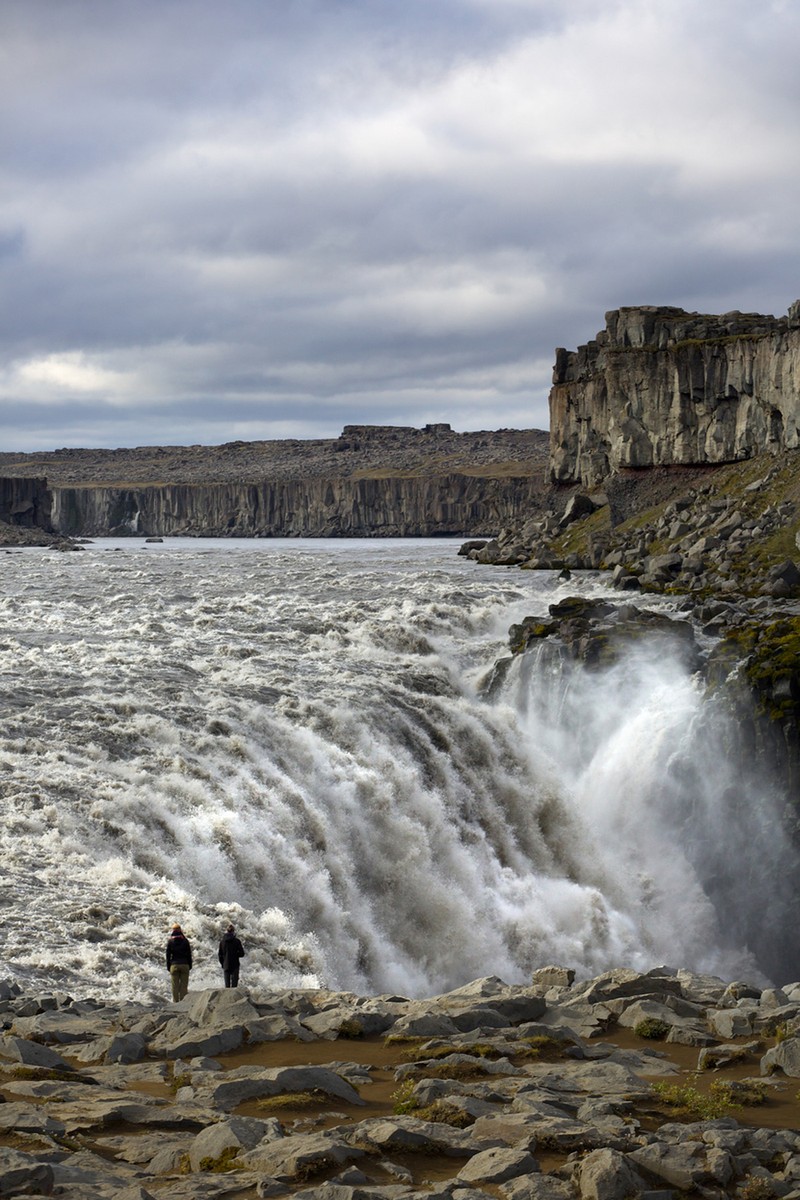
DISCLAIMER: We endeavour to always credit the correct original source of every image we use. If you think a credit may be incorrect, please contact us at info@sheerluxe.com.
